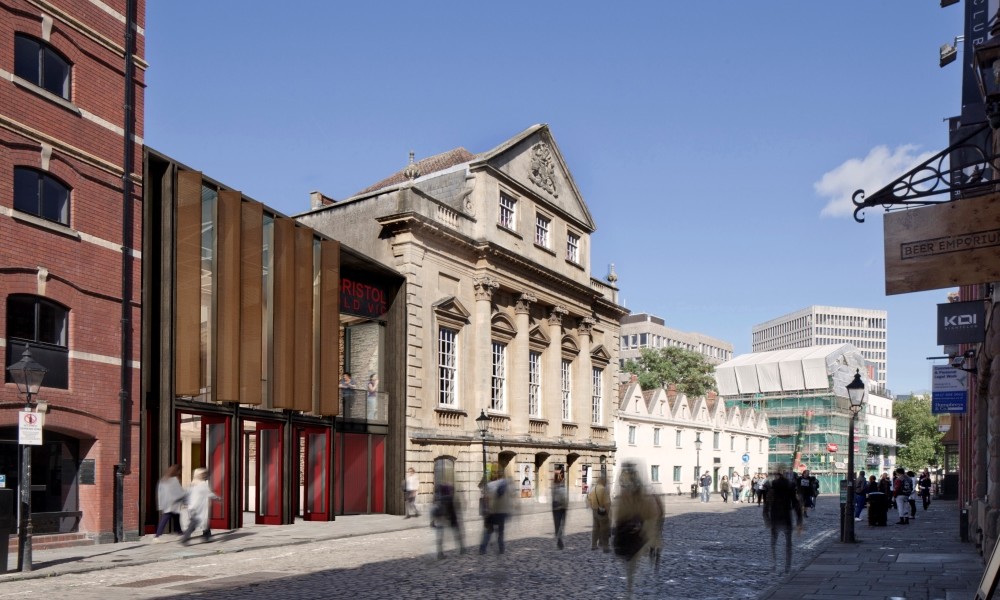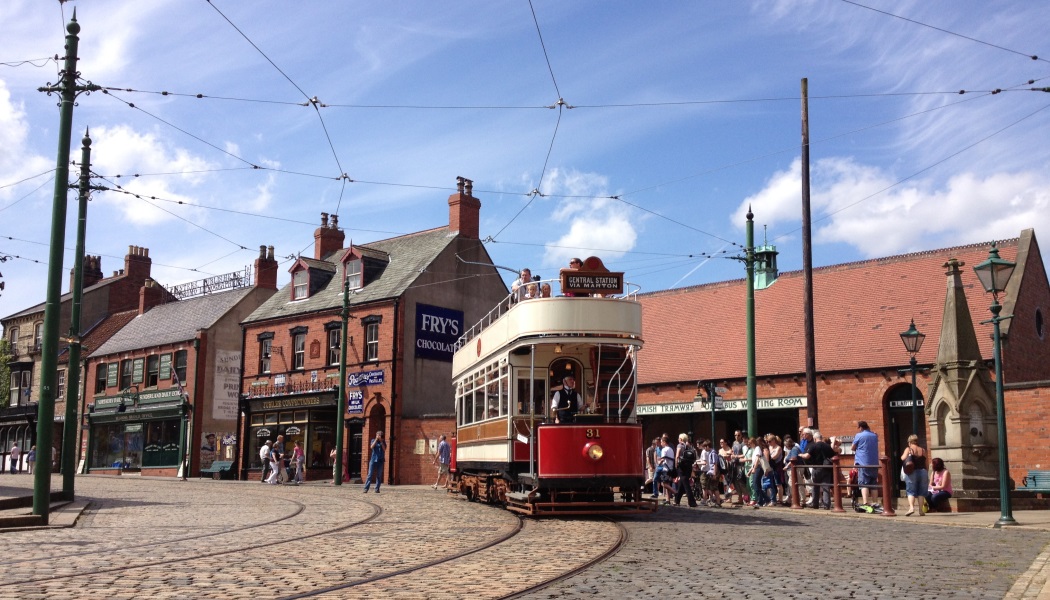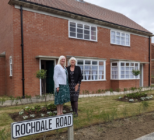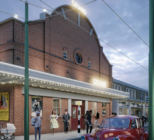Beamish Museum in County Durham has been awarded £10.9m to expand and recreate a 1950s town and farm. Star exhibits reflecting the 1950s will include Ryhope’s former Grand Electric Cinema and Weardale’s Spain’s Field Farm which will both be saved and moved, brick by brick, and rebuilt at Beamish. A Sunderland house, chosen by the public, will be recreated and four Aged Miners’ Homes from South Shields will be replicated at Beamish and used as a wellbeing centre particularly focused on providing activities for people living with dementia.
The project, which will also expand the museum’s 1820s exhibits, is expected to boost visitor numbers by an estimated 100,000, create 95 permanent jobs and provide training and apprenticeship opportunities for 50 young people.
And Bristol Old Vic, which is 250 years old this year, has been awarded £2.3m to restore the theatre and adjoining Coopers Hall and open up the history of the UK’s oldest working theatre to visitors.

The project will conserve a wealth of theatrical heritage held in archives at the University of Bristol Theatre Collection and Bristol Record Office, making them available online and drawing on themes and stories to reach out to new audiences.
Major restoration of Coopers Hall will uncover its original façade, reinstate other Georgian features and reveal the evolution of the theatre since 1766. As well as this the Old Vic project will allow the public to gain access to the historic roof space for the first time, which will once again be brought to life by the famous Thunder Run, an 18th-century surround system featuring weighted balls in wooden gutters which produces bellowing sounds and vibrations to mimic thunder during performances.
The projects will also boost local economies and tourism, create nearly 200 jobs and provide thousands of training and volunteering opportunities.
“This investment, every penny of which has been made possible by National Lottery players, is a powerful demonstration of the range, beauty, fascination and significance of our nation’s heritage,” said Sir Peter Luff, Chair of HLF. “We must remember, though, that this isn’t just about buildings, archives and wildlife, important as these things are. It’s also about the people and communities whose lives they changed in the past – and will change in the future. It’s about the tourism and regeneration that will boost local economies, about the new jobs, the new training programmes and the new volunteering roles that will be created. It’s also about the visitors from all walks of life who will gain new insights into our shared heritage.”
The other grants being announced today are:
- £3.4m for the Archway Centre project in Bath which will create a Learning Centre at the Roman Baths where children can get hands-on with Roman artefacts, and take part in excavations and investigations of archaeological materials in a new Investigation Zone. The Learning Centre will be linked to the Roman Baths via an exciting underground tunnel. The project will open up areas of Roman remains that have never before been open for regular public access, including a rare laconicum (sauna) and an exercise courtyard. Visitors will also have free access to a new World Heritage Centre, where interactive displays will illustrate the outstanding universal value of Bath’s unique heritage.
- £2.5m for the Canal & River Trust to restore the Montgomery Canal for people and wildlife. Volunteers will play a key role in restoring 700 metres of the canal, repairing 12 historic buildings and creating an additional 2.7 hectares of nature reserve.
- £4.6m for the Royal Air Force Museum’s programme to connect a global audience with the national celebrations and commemorations planned for the RAF’s centenary in 2018. Two innovative exhibitions with a connected science, technology, engineering and maths (STEM) learning programme will explore the first 100 years of the RAF and invite visitors to imagine its future contribution and technology. A national digital project will invite a public contribution of personal stories to enhance the understanding and sharing of RAF heritage. The transformation of their London site will also include a new visitor centre and restaurant.
- £7.6m to create the Medicine Galleries at the Science Museum, based on the extraordinary collections of Sir Henry Wellcome and revealing personal stories of how our lives have been transformed by changes in medical research and practice – from the first stethoscope to the creation of the NHS.
- £3.6m for the Royal College of Music’s three-year project to create new displays and a performance space for its extensive and precious collection of historic instruments, including the world’s earliest surviving guitar.
- £12.8m for Canterbury Cathedral to replace the leaking roof above the Nave and enable stone and stained glass conservation to be carried out; to create a new welcome centre with dedicated community space and free to enter viewing gallery and develop a Pilgrims Pass scheme to allow free access to the Cathedral for those who live, work and study in Canterbury.
Main Image
Beamish Museum in County Durham has been awarded £10.9m










